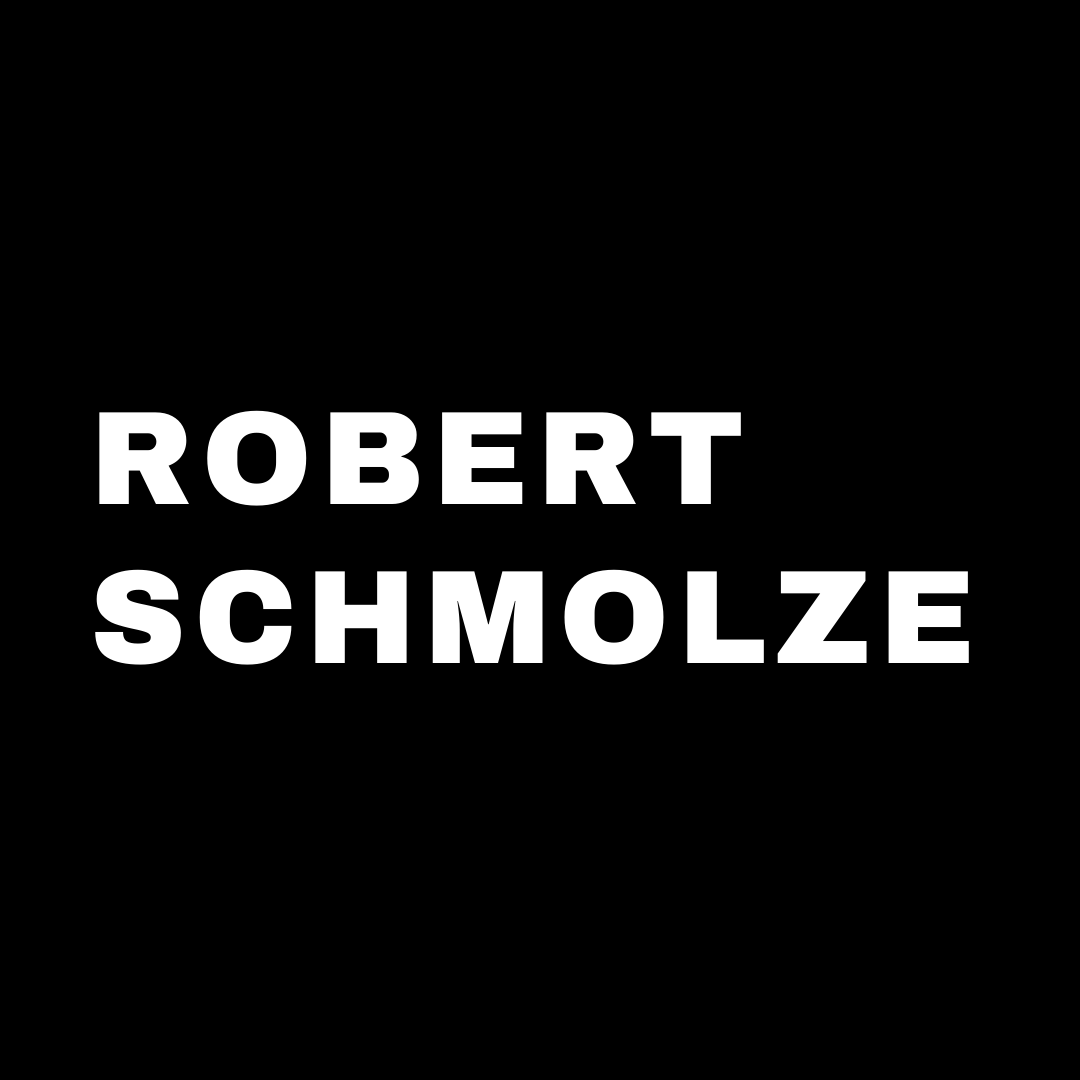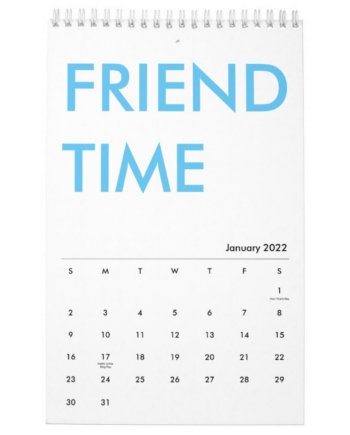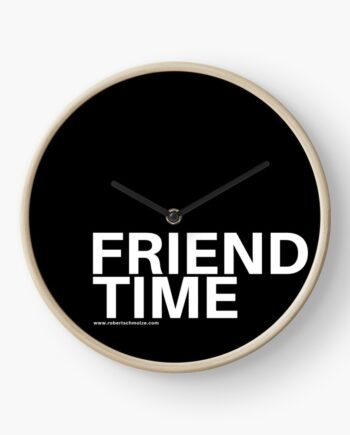
Set your clock back an hour. Daylight Savings Time ends on November 7th 2021.
SHOP HOMEGOODS BY ROBERT SCHMOLZE
The idea of aligning waking hours to daylight hours to conserve candles was first proposed in 1784 by American Benjamin Franklin. In a satirical letter to the editor of The Journal of Paris, the American inventor suggested that waking up earlier in the summer would economize candle usage and calculated considerable savings.[1][2] In 1895, New Zealand entomologist and astronomer George Hudson seriously proposed the idea of changing clocks by two hours every spring to the Wellington Philosophical Society. He wanted to have more daylight hours to devote to collecting and examining insects. Though the idea received some serious consideration in 1907 in the United Kingdom when British resident William Willett presented it as a way to save energy, it was never implemented.
Starting on April 30, 1916, the German Empire and Austria-Hungary each organized the first nationwide implementation in their jurisdictions. Many countries have used DST at various times since then, particularly since the 1970s energy crisis. DST is generally not observed near the equator, where sunrise and sunset times do not vary enough to justify it. Some countries observe it only in some regions: for example, parts of Australia observe it, while other parts do not. The United States observes it, except for the states of Hawaii and Arizona. (Within the latter, however, the Navajo Nation does observe it, conforming to national practice). A minority of the world’s population uses DST; Asia and Africa generally do not observe it.
DST clock shifts sometimes complicate timekeeping and can disrupt travel, billing, record keeping, medical devices, and sleep patterns. Computer software generally adjusts clocks automatically.
repost from Wikipedia.
RELATED







